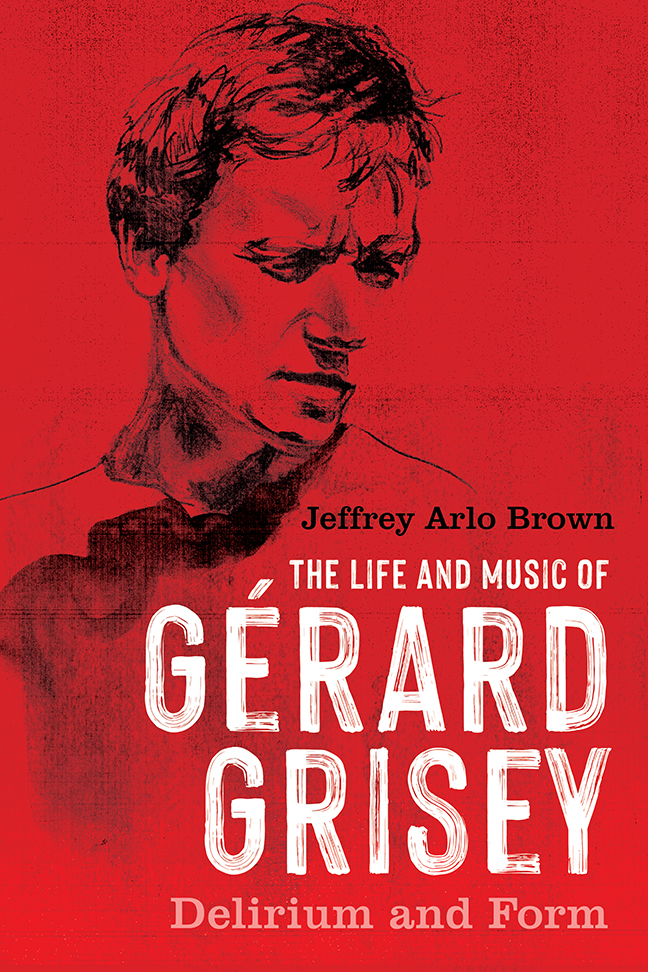Book contents
- Frontmatter
- Contents
- List of Illustrations
- Acknowledgments
- One The Lost Voice (1946–61)
- Two The Carnal Shell (1961–65)
- Three The Rhythm of Love (1965–67)
- Four Exchange Beyond Language (1968–70)
- Five The Silence that Attracts (1970–72)
- Six The Sensual Embrace (1972–74)
- Seven Ultimate Fusion (1974–78)
- Eight Astarte (1978–79)
- Nine Extreme Pleasure, Extreme Pain (1980–82)
- Ten The Grains of Sound (1982–86)
- Eleven Absolute Love (1986–88)
- Twelve Seduced by the Star (1988–91)
- Thirteen Suggestions of the Infinite (1991–96)
- Fourteen Nut (1996–98)
- Fifteen Berceuse
- Appendix: Recordings of Music by Gérard Grisey
- Bibliography
- Index
Twelve - Seduced by the Star (1988–91)
Published online by Cambridge University Press: 17 December 2023
- Frontmatter
- Contents
- List of Illustrations
- Acknowledgments
- One The Lost Voice (1946–61)
- Two The Carnal Shell (1961–65)
- Three The Rhythm of Love (1965–67)
- Four Exchange Beyond Language (1968–70)
- Five The Silence that Attracts (1970–72)
- Six The Sensual Embrace (1972–74)
- Seven Ultimate Fusion (1974–78)
- Eight Astarte (1978–79)
- Nine Extreme Pleasure, Extreme Pain (1980–82)
- Ten The Grains of Sound (1982–86)
- Eleven Absolute Love (1986–88)
- Twelve Seduced by the Star (1988–91)
- Thirteen Suggestions of the Infinite (1991–96)
- Fourteen Nut (1996–98)
- Fifteen Berceuse
- Appendix: Recordings of Music by Gérard Grisey
- Bibliography
- Index
Summary
In 1985, while Grisey was a professor at the University of California at Berkeley, he had attended a social function where he made the acquaintance of Joe Silk, a British-American astrophysicist. Silk began teaching at the institution in 1970 and was appointed chair of the astronomy department in 1978. Isolated as Grisey seemed in the music department, it made sense that he went looking elsewhere—beyond the often small-stake aesthetic disputes of musical academia—for intellectual nourishment. Grisey and Silk got to talking about the universe. The astronomer remembered the composer as fascinated by his field, how it explained cosmic “beginnings and endings.” Grisey's examination of the births and deaths of sounds was to expand into an investigation of the births and deaths of stars.
Silk introduced the composer to the astronomical concept of pulsars, then still rather new. In 1967, a graduate student at the University of Cambridge named Jocelyn Bell Burnell discovered, almost by accident, a radio transmission that was extremely periodic, emanating a signal every 1.33730133 seconds. The vast majority of astronomical signals are either transient signals, caused by unique and violent events such as the explosion of a star or the formation of a black hole; or erratic signals, radiation emitted irregularly by solar flares and magnetic storms on distant planets. The regularity of this new signal was so stunning that astronomers first guessed the signal was a beacon from an alien civilization. A year later, Franco Pacini and Thomas Gold developed the concept of the pulsar, or “rapidly rotating neutron star.” As the French astrophysicist Jean-Pierre Luminet described it in his 1987 book of popular astronomy, Black Holes:
A neutron star is highly magnetized and its magnetic field lines channel electrically charged particles (electrons and protons), enabling it, by “synchrotron radiation,” to emit a beam of radio waves which rotates along with the star. As the star revolves, a pulse is received at the Earth, at the moment when the beam sweeps across the aperture of the radio telescope.
Neutron stars are formed when the unstable core of a large star collapses, a process that can take billions of years. They are structurally similar to white dwarfs, contracted remnants of stars which become extremely small and incredibly hot. Neutron stars are even smaller and hotter, factors which help explain the extreme speed of their rotations.
- Type
- Chapter
- Information
- The Life and Music of Gérard GriseyDelirium and Form, pp. 218 - 230Publisher: Boydell & BrewerPrint publication year: 2023



